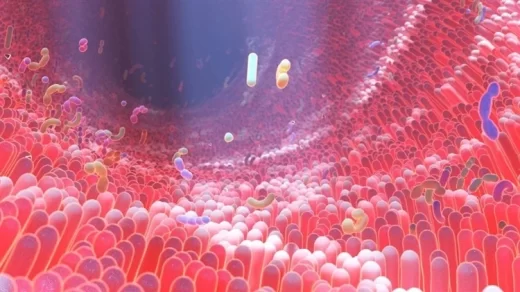Researchers from the University of Houston College of Pharmacy discuss their discovery of a small molecule drug candidate that could provide immediate protection against infection with the severe acute respiratory syndrome coronavirus 2 (SARS-CoV-2) and significantly shorten the course of illness in a recent article published in the journal Biomedicines. SARS-CoV-2 and its ever-emerging variants, the most recent of which include the Omicron sublineages, continue to cause infections and threaten patients of all ages around the world.
These variants show how easily this lethal virus can accommodate antigenic changes in its spike (S) protein while maintaining replication and immune-evasion abilities. As a result, finding effective antivirals to combat COVID-19 is critical. In this study, researchers perform in silico screening of 1,509,984 feature-rich compounds in the UH Research Computing Data Core’s small molecule databases to identify top hits against the SARS-CoV-2 S glycoprotein. In cell-based assays, the top 15 molecules that disrupted the interaction between the S protein and the host cell target, the angiotensin-converting enzyme 2 (ACE2) receptor, were chosen, evaluated, and ranked.
The researchers used infection inhibition drug screening and cell cytotoxicity assays to accomplish this. Furthermore, the researchers used a Protein Thermal Shift assay based on differential scanning fluorimetry (DSF) and a specialized fluorogenic dye to examine viral particle stability changes in the presence of the lead candidate CD04872SC.
Thermal shift assays measure the temperature at which a protein denatures, and thus indicating the stability of a protein under different conditions, such as when it is attached to a drug or when it is exposed to different pH levels. A thermal shift assay was used in the current study to demonstrate the binding of CD04872SC to the S glycoprotein of various SARS-CoV-2 variants.
Molecular dynamic simulations revealed that some compounds from the Maybridge and ZINC libraries interacted well with the ACE-2 receptor binding domain (RBD) interface. At a resolution of 3.1, one small molecule, CD04872SC, formed the closest association in functional in vitro assays using its amide carbonyl and the backbone N of GLY169. This compound also formed hydrophobic bonds with TYR116, TYR172, and TYR162.
CD04872SC inhibited infection and had a half-maximal effective concentration (EC50) of 248 M
Real-time melt experiments demonstrated the direct binding between CD04872SC and the S glycoprotein of each tested SARS-CoV-2 variant. The authors also noted a difference of about 3 °C in the stability of the SARS-CoV-2 viral suspensions in the presence of CD04872SC compared to its absence. Delta and Omicron exhibited similar stabilizing tendencies.



